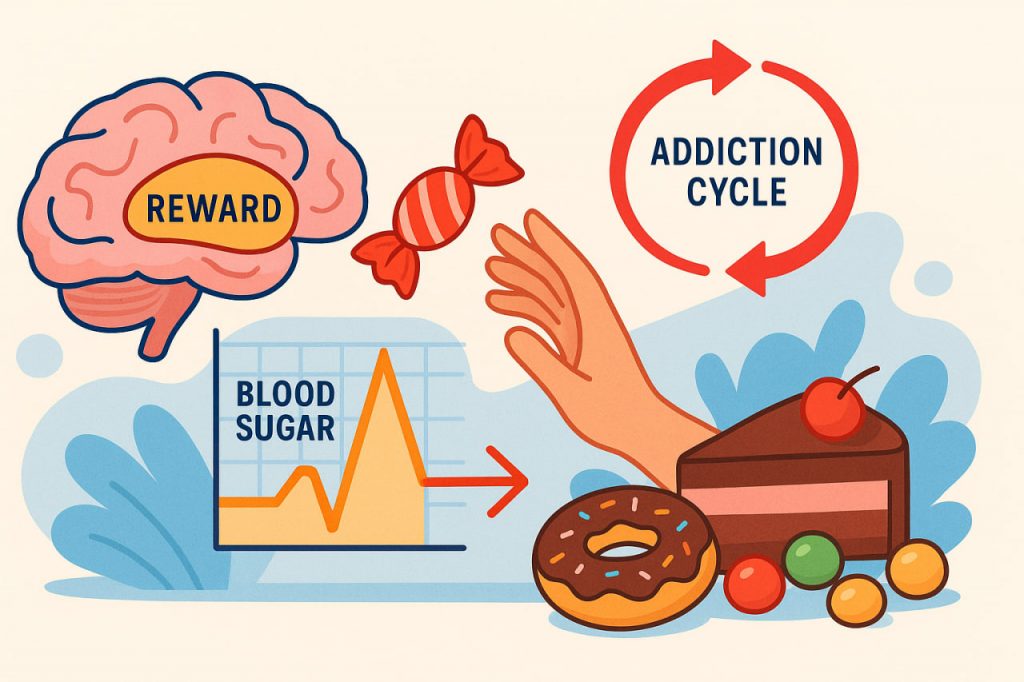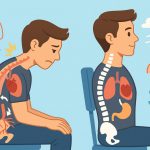Many people find it difficult to resist sweets, and this may be more than just a lack of willpower. Sugar addiction involves real biological and psychological mechanisms that affect the brain and body. When we eat sugary foods, our brain responds with pleasure and reward, much like it does with certain drugs. Over time, this leads to tolerance, cravings, and a pattern of repeated consumption. Understanding how this process works is essential to regaining control over dietary choices.
The Brain’s Reward System and Dopamine
Sugar activates the dopamine reward pathway in the brain, especially in the nucleus accumbens—an area associated with pleasure and motivation. When you eat sugar, dopamine is released, creating a sense of happiness and satisfaction. However, frequent sugar intake can reduce dopamine sensitivity, meaning you need more sugar to achieve the same pleasure. This cycle mirrors addiction patterns seen in other compulsive behaviors and is one reason sugar can be hard to quit.
Blood Sugar Spikes and Energy Crashes
Consuming simple sugars causes a rapid increase in blood glucose levels, which gives a temporary energy boost. But this is often followed by a crash, as insulin quickly lowers the glucose, leaving you tired, irritable, and craving more sugar. This creates a feedback loop where you turn to sweets repeatedly to restore energy. These constant swings in blood sugar levels can negatively affect metabolism and even contribute to insulin resistance over time.
Emotional Triggers and Habitual Patterns
Sugar is often used as a form of emotional comfort, especially during stress or sadness. Emotional eating becomes a coping mechanism, reinforced by the short-term calming effects of sugar on the nervous system. Habits like having dessert after meals or eating sweets when bored form neural pathways in the brain, making these behaviors automatic. Breaking the habit requires both conscious effort and time to rewire these patterns.
Glossary
- Sugar addiction – a compulsive craving for sugar with behavioral and physiological symptoms.
- Dopamine – a neurotransmitter involved in reward, motivation, and pleasure.
- Nucleus accumbens – a brain structure central to the reward circuit.
- Blood glucose – the level of sugar present in the blood.
- Insulin resistance – when cells become less responsive to insulin, often a precursor to diabetes.
- Neural pathways – connections between neurons that form through repetition and learning.


